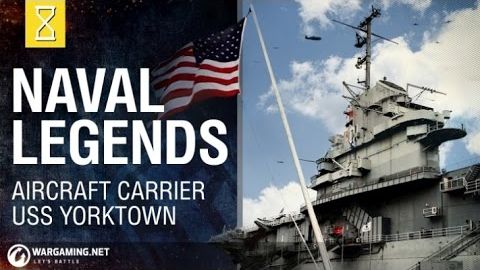
Subtitles & vocabulary
Naval Legends - USS Yorktown
00
噹噹 posted on 2016/02/03Save
Video vocabulary
crew
US /kru/
・
UK /kru:/
- Countable Noun
- Organized group of workers (e.g. on a ship)
- Skilled group of people working together on a task
- Intransitive Verb
- To work as part of a crew.
A2TOEIC
More flight
US /flaɪt/
・
UK /flaɪt/
- Noun (Countable/Uncountable)
- Act of leaving a place, usually to escape danger
- Trip by plane, helicopter etc.
A2TOEIC
More attack
US /əˈtæk/
・
UK /ə'tæk/
- Transitive Verb
- To try to destroy, beat, or injure
- Noun
- Act intended to hurt someone physically, mentally
A2
More damage
US /ˈdæmɪdʒ/
・
UK /ˈdæmɪdʒ/
- Noun (Countable/Uncountable)
- Physical harm that is done to something
- Transitive Verb
- To harm physically; to hurt or break something
- To harm the reputation of someone.
A2TOEIC
More Use Energy
Unlock All Vocabulary
Unlock pronunciation, explanations, and filters
